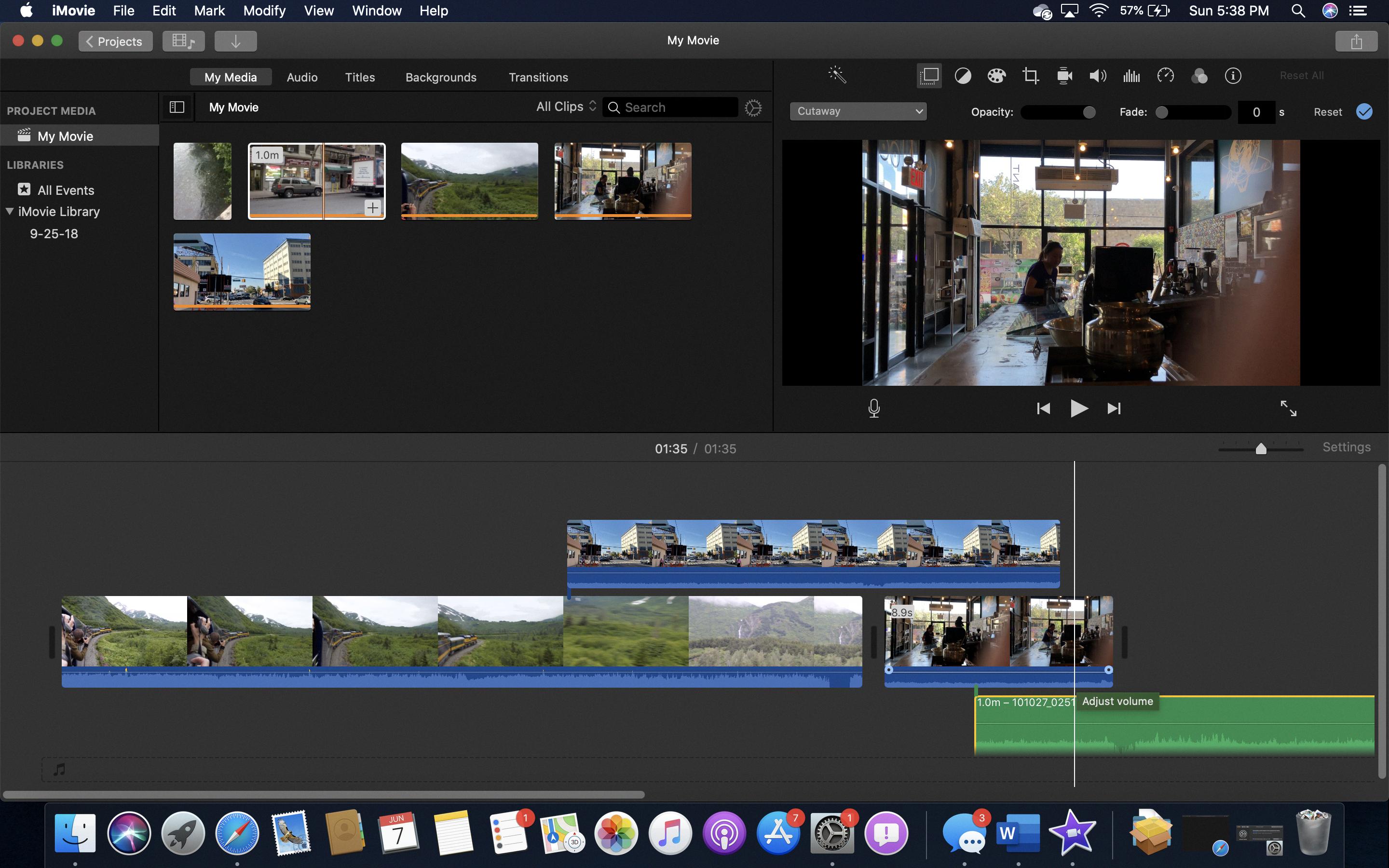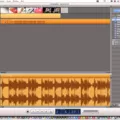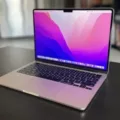IMovie is a versatile video editing software that offers a range of features to enhance your videos. One of the features that can add a professional touch to your videos is the picture-in-picture effect. This effect allows you to overlay a smaller video or image on top of your main video, creating a visually appealing and engaging composition.
To add a picture-in-picture effect in iMovie, simply follow these steps:
1. Import your main video clip and the video or image you want to overlay onto it into iMovie.
2. Drag and drop the main video clip onto the timeline.
3. Next, drag and drop the video or image you want to use for the picture-in-picture effect onto the timeline, placing it on a higher video track.
4. Once both clips are on the timeline, select the video or image clip that you want to use for the picture-in-picture effect.
5. Click on the “Crop to Fill” button in the Viewer window. This button will allow you to adjust the size and position of the picture-in-picture clip.
6. To resize the picture-in-picture clip, click and drag the corners or edges of the clip in the Viewer window.
7. To reposition the picture-in-picture clip, click and drag it to a different spot within the clip, or even to a different clip on the timeline.
8. You can also adjust the opacity of the picture-in-picture clip to make it more transparent. Simply select the clip, click on the “Video Overlay Settings” button in the Viewer window, and adjust the opacity slider.
9. If you want to add additional effects or transitions to the picture-in-picture clip, you can do so by selecting the clip and using the various editing tools available in iMovie.
By using the picture-in-picture effect in iMovie, you can create visually stunning videos that grab your viewers’ attention. Whether you want to showcase a second video, display additional information, or simply add a creative touch, the picture-in-picture effect can help you achieve your desired result. Experiment with different sizes, positions, and opacity levels to find the perfect look for your video.
Remember, iMovie offers several other overlay options, such as split screen, cutaway, and blue/green screen. Each of these overlays can be used to enhance your videos in unique ways. So, don’t hesitate to explore and experiment with these features to take your videos to the next level.
IMovie’s picture-in-picture effect is a powerful tool that allows you to overlay videos or images on top of your main video. With its easy-to-use interface and intuitive controls, you can create professional-looking videos that captivate your audience. So, start exploring the picture-in-picture effect in iMovie and let your creativity shine.
How Do You Do Picture-in-picture On iMovie?
To create a picture-in-picture effect in iMovie, follow these steps:
1. Open iMovie on your Mac.
2. Import the video clips you want to use for the picture-in-picture effect into your iMovie project.
3. Drag the primary video clip to the timeline.
4. Locate the secondary video clip that you want to use as the inset window for the picture-in-picture effect, and drag it onto the timeline above the primary clip.
5. Make sure the secondary clip is positioned directly above the section of the primary clip where you want the picture-in-picture effect to appear.
6. Click on the secondary video clip in the timeline to select it.
7. In the iMovie toolbar, click on the “Crop to Fill” button.
8. Resize and position the inset window by dragging the handles on the secondary clip in the viewer.
9. To adjust the duration of the picture-in-picture effect, move the playhead to the point where you want the effect to start or end, and then trim the secondary clip accordingly.
10. If desired, you can also add additional effects or adjustments to the secondary clip, such as adjusting the opacity or applying filters.
11. Preview the picture-in-picture effect by playing the project in the iMovie viewer.
12. Once you are satisfied with the effect, you can export your project as a video file or share it directly to various platforms.
Remember, the picture-in-picture effect allows you to overlay a smaller video clip onto a larger one, creating a visually engaging composition. By following these steps in iMovie, you can easily achieve this effect to enhance your videos.

Does iMovie Support Picture-in-picture?
IMovie does support the picture-in-picture overlay feature. This feature allows users to overlay a smaller video or picture on top of the main video or picture being edited. The picture-in-picture overlay can be resized, repositioned, and adjusted for transparency.
Here is a step-by-step guide on how to use the picture-in-picture overlay in iMovie:
1. Open iMovie and create a new project or open an existing project.
2. Import the main video or picture that you want to use as the background.
3. Drag and drop the main video or picture to the timeline.
4. Import the video or picture that you want to use as the picture-in-picture overlay.
5. Drag and drop the overlay video or picture to the timeline, above the main video or picture.
6. Select the overlay clip on the timeline.
7. In the viewer window, you will see several overlay options. Click on the “Overlay Settings” button (it looks like two overlapping rectangles).
8. From the drop-down menu, select “Picture in Picture.”
9. You can now resize and reposition the overlay by dragging the corners or edges of the overlay window in the viewer window.
10. To adjust the transparency of the overlay, use the “Opacity” slider in the overlay settings.
11. You can also add keyframes to the overlay to create animations or movements by clicking on the keyframe button in the overlay settings.
12. Once you are satisfied with the position, size, and transparency of the overlay, play the preview to see how it looks in the final video.
13. Continue editing your project as desired, adding more overlays or effects if needed.
14. export or share your project in your desired format.
Using the picture-in-picture overlay feature in iMovie allows you to add an additional layer of visual content to your videos or pictures, making your editing more dynamic and engaging for your audience.
Conclusion
IMovie is a versatile and user-friendly video editing application that offers a wide range of features, including the powerful picture-in-picture effect. This effect allows users to overlay a smaller video or image on top of the main video clip, creating a visually appealing and engaging result.
The picture-in-picture effect in iMovie is easy to use and offers flexibility in terms of positioning and resizing. Users can simply drag and drop the picture-in-picture clip onto the main clip and adjust its placement within the frame. This feature is particularly useful for adding context, emphasizing certain elements, or providing additional information within a video.
Furthermore, iMovie also offers other overlay options such as split screen, cutaway, and blue/green screen effects, allowing users to enhance their videos with creative and dynamic visuals. These overlays can be easily arranged and adjusted like any other clip, providing users with complete control over their video editing process.
IMovie’s picture-in-picture effect, along with its other overlay options, adds depth and professionalism to videos. Whether you’re creating tutorials, presentations, or personal videos, iMovie’s overlays help to engage viewers and deliver your message effectively. With its intuitive interface and powerful editing capabilities, iMovie is an excellent choice for both beginners and experienced video editors.








